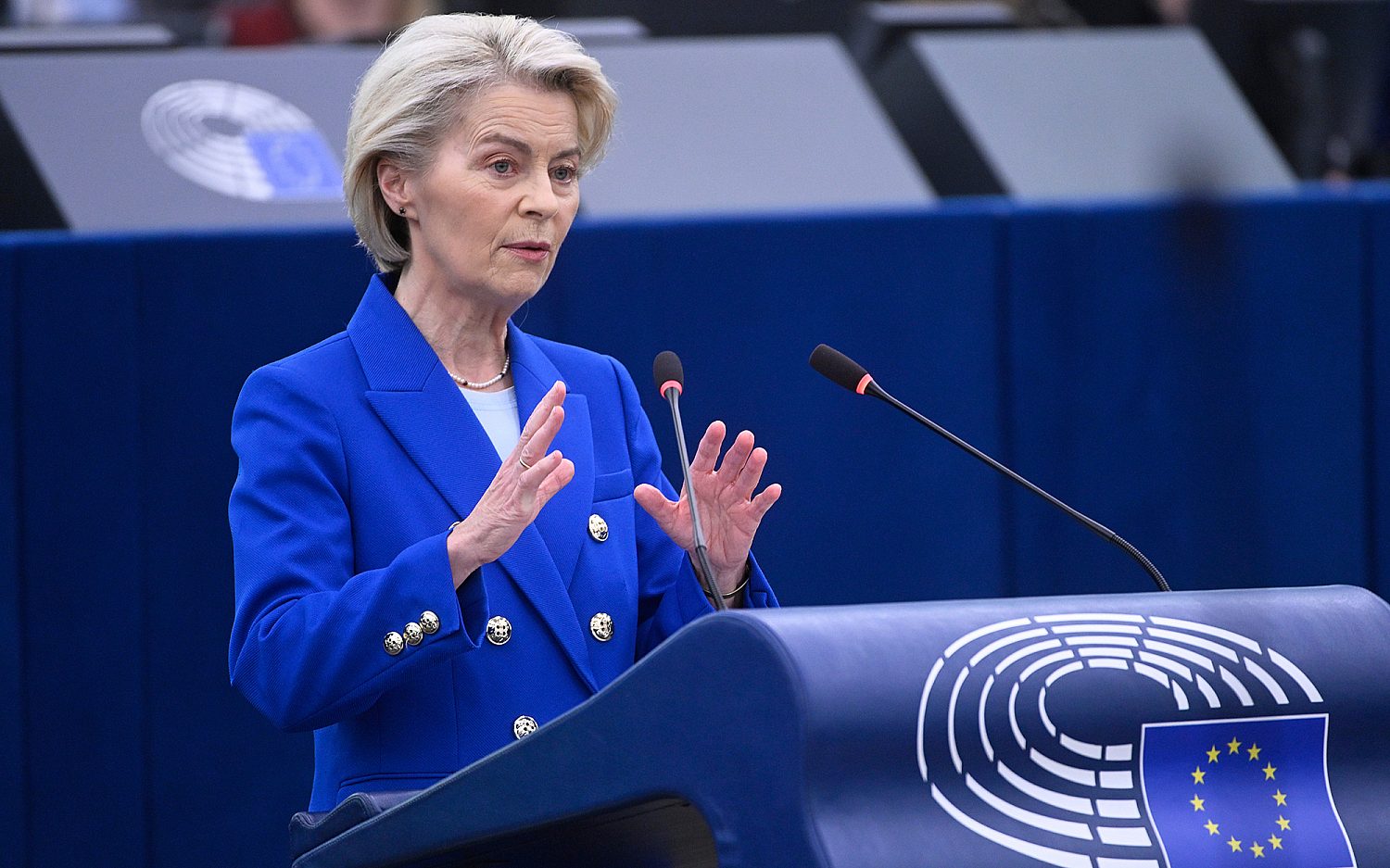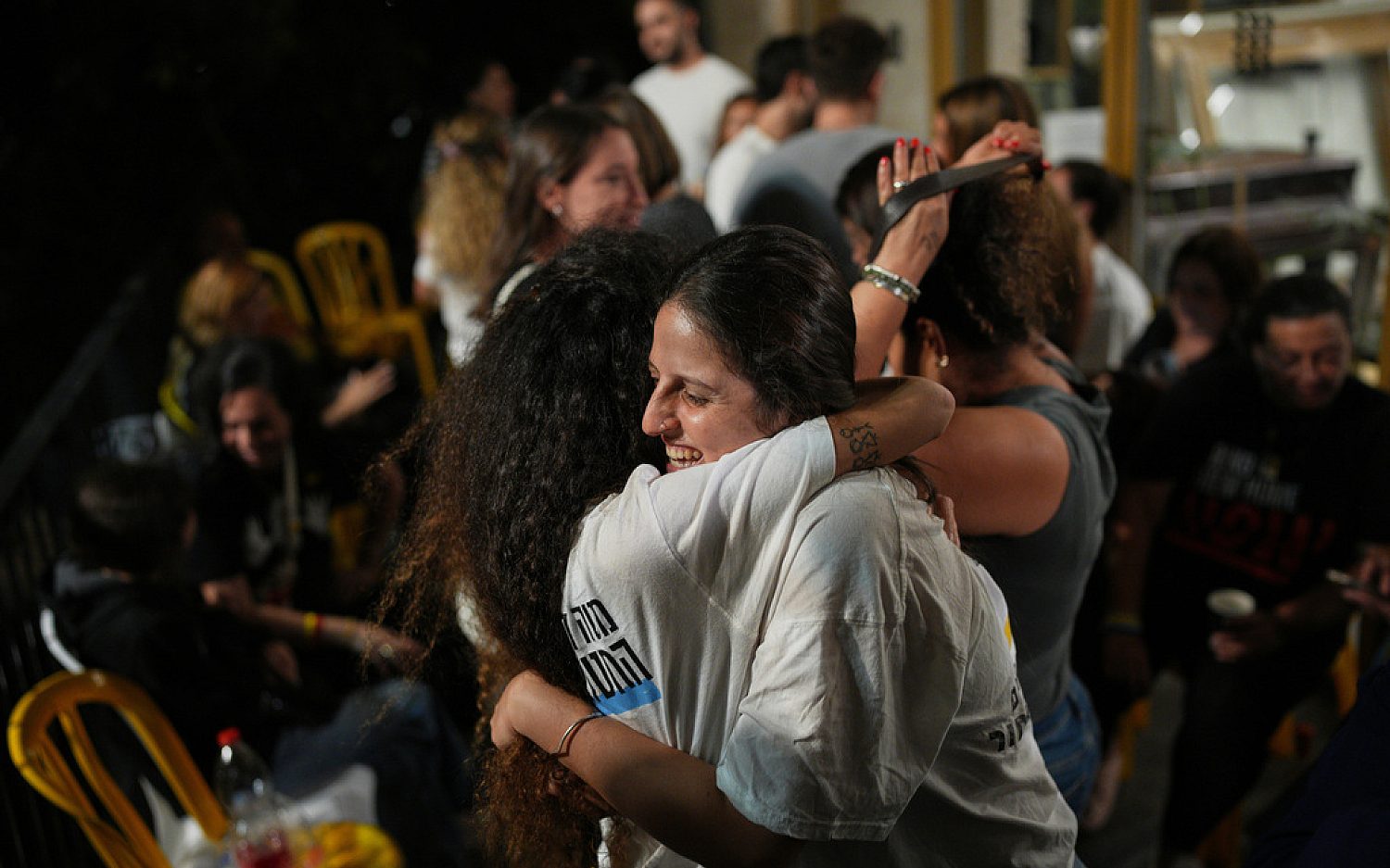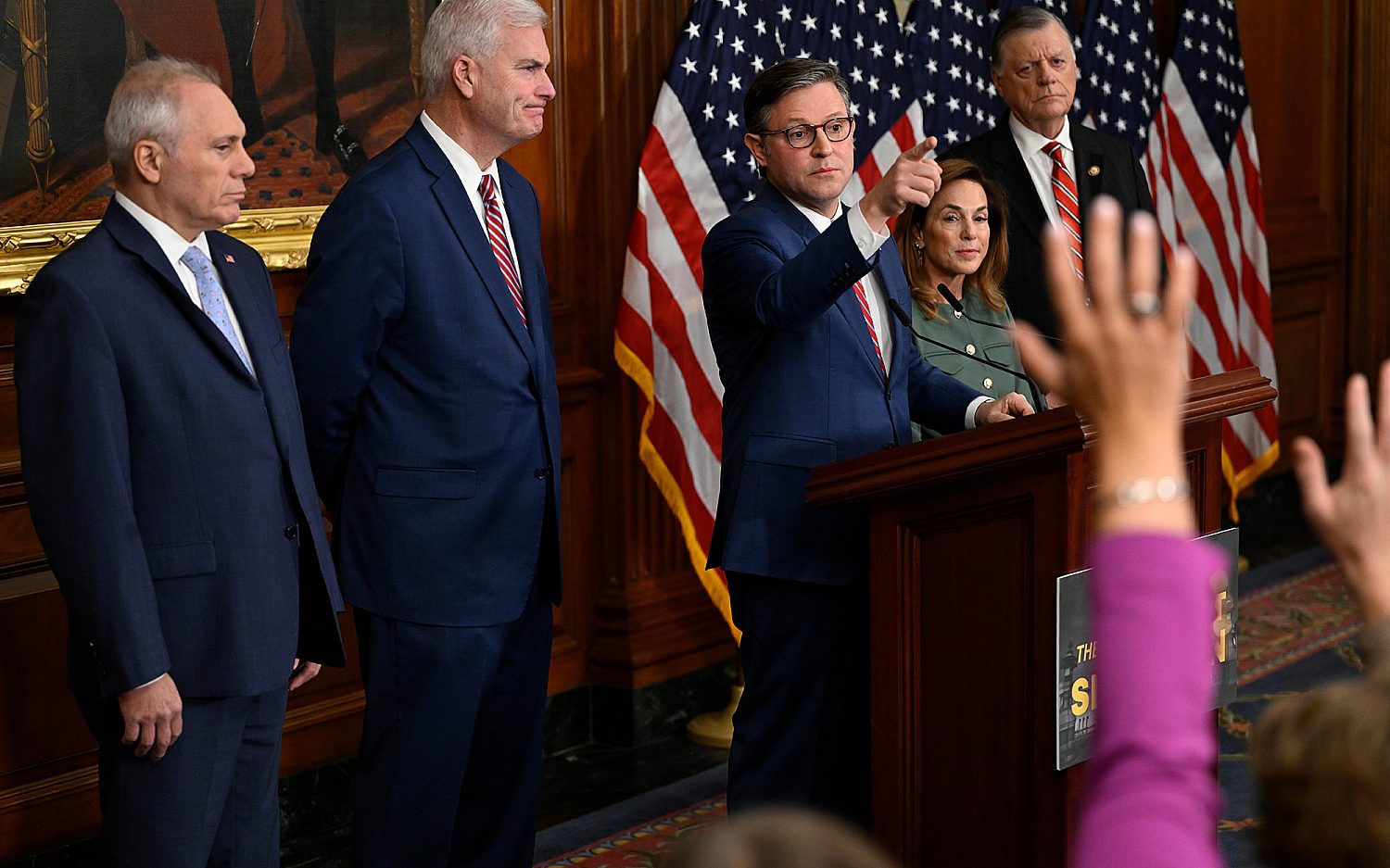From end-of-life counseling to euthanasia without consent
Two U.S. senators introduced a bill last week that would use federal tax dollars to fund healthcare professionals counseling patients on end-of-life care. But some warn it may actually encourage people to reject end of life treatment.
The Care Planning Act of 2015 seeks to promote “advance care planning” that reflects patients’ wishes. But Burke J. Balch, director of the Powell Center for Medical Ethics at the National Right to Life Committee, said the bill would result in federally funded counseling sessions that pressure patients to reject life-preserving treatment due to high costs and the ideologies of many medical practitioners.
“If advance care planning sessions were to be federally funded as proposed by the Care Planning Act of 2015, then no matter how emphatically the bill language calls for balance, accuracy, and respect for individual patients’ values and wishes, there could be no sufficient safeguard to ensure that federal tax dollars subsidize only planning for the use or rejection of life-preserving measures that is conducted in a truly neutral way,” Balch wrote.
And the step from discouraging end-of-life treatment to forced euthanasia might not be as big as some skeptics think.
In the United States, the pro-euthanasia movement is only beginning to make legislative progress. But ethicists have consistently cautioned against the dangerous ethical implications of legalizing euthanasia. In Belgium, where the practice was legalized in 2002, at least one once-dismissed warning has become a reality.
Some Belgian doctors are ending their patients’ lives early without their specific request, according to a study published this month in the Journal of Medical Ethics. The study conducted by Raphael Cohen-Almagor, chair in Politics at the University of Hull in the United Kingdom, found ending lives without the patient’s request is more common than euthanasia with consent in Belgium.
A 2007 study in Flanders, where 60 percent of the Belgian population resides, found that 2 percent of all Flemish deaths resulted from euthanasia. And in 2013, 1.7 percent of deaths were due to euthanasia without express consent from the patient. A large majority of those cases involved patients over 80 years old, diagnosed with cancer, or hospitalized. And of the deaths without express consent, the procedure was not even discussed with nearly 78 percent of them.
But, Cohen-Almagor noted, Belgium’s Euthanasia Actwas founded on patients’ ability to request their own death.
“It is worrying that some physicians take upon themselves the responsibility to deliberately shorten patients’ lives without a clear indication from the patients that this is what they would want,” he wrote.
Last year, the Belgian Society of Intensive Care Medicine Council issued a statement paper that encourages administering sedatives to shorten dying during palliative care. The statement said administering sedatives “beyond what is needed for patient comfort can be not only acceptable but in many cases desirable.” The council reasoned that suffering and futile treatment should be avoided.
Meanwhile, support for euthanasia in the United States seems to be increasing following the high profile death of Brittany Maynard. A Gallup poll released May 27 found 68 percent of Americans believe doctors should be allowed to help terminally ill patients hasten their death.
Oregon, Washington, and Vermont are currently the only states with laws that legalize assisted suicide. But California’s state legislature is considering a bill that would legalize the practice. It passed in the Senate after the California Medical Association (CMA) adopted a neutral stance toward the practice.
In response to CMA’s policy shift, the American Academy of Medical Ethics (AAME) warned that legalizing euthanasia for terminally ill patients will expand to euthanasia for chronic diseases, newborns with disabilities, and mental suffering.
“Where does it stop? In every country in Europe where physician-assisted suicide is legal, physicians give lethal injections to these groups of people, not simply just terminally ill patients,” said AAME Executive Director Dr. David Stevens.
Stevens said euthanasia becomes an easy solution for doctors, giving them too much power to decide who lives and dies. Euthanasia also pressures patients to choose death to avoid high medical expenses. And it promotes a cheap alternative to healing: Euthanasia prescriptions cost less than $100.
“For more than 2,500 years, the foundation of the doctor-patient relationship has been trust—a trust that physicians would not take the lives of their patients or help their patients kill themselves,” Stevens said. “Without that commitment to ‘do no harm,’ physicians are no longer professionals but untrustworthy technocrats.”
An actual newsletter worth subscribing to instead of just a collection of links. —Adam
Sign up to receive The Sift email newsletter each weekday morning for the latest headlines from WORLD’s breaking news team.




Please wait while we load the latest comments...
Comments
Please register, subscribe, or log in to comment on this article.